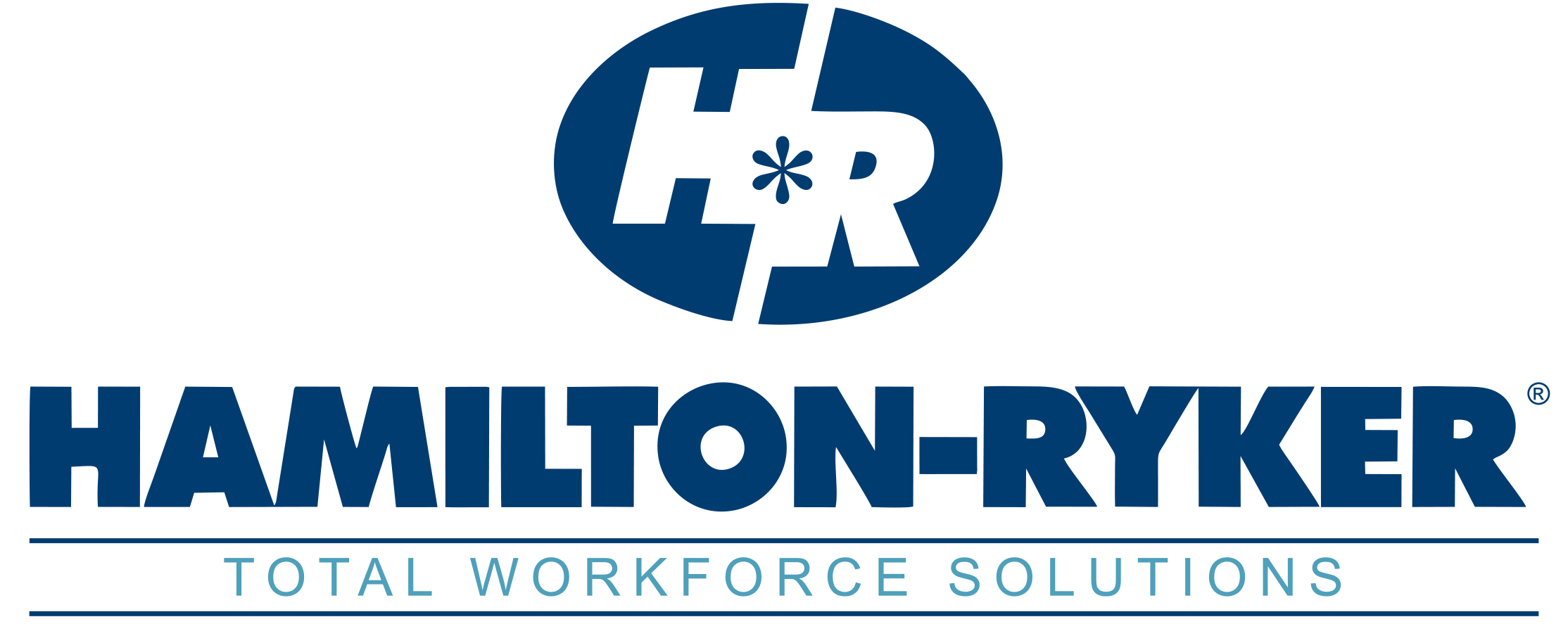Best Practices for Streamlining Operations in Industrial Workplaces
In today’s modern industrial landscape, streamlining operations is increasingly essential. Along with ensuring your company can maintain a competitive edge, improving efficiency and driving productivity boost the bottom line. Considering that there’s currently a significant amount of economic uncertainty, those benefits are all worth capturing.
By adopting specific best practices, streamlining operations in industrial workplaces becomes simpler. If you aren’t sure where to begin, here are some best practices that serve as solid starting points.
Adopt Lean Principles
Lean manufacturing involves production strategies that focus on boosting productivity while also minimizing waste. Along with operational efficiency, the approach is cost-effective. Concepts like just-in-time production and ordering further reduce expenses, while a continuous improvement mindset ensures the company keeps evolving, striving to find new ways to shorten waiting times, prevent unnecessary excess inventory holding, and limit movement to optimize production timelines.
Integrate Advanced Technologies
Currently, industrial companies are living in the era of Industry 4.0, creating ample opportunities to integrate advanced technologies to boost productivity, enhance efficiency, and reduce costs. Automation and robotics can streamline activities, reduce error rates, and improve safety, while the Internet of Things (IoT) provides pathways for real-time data collection and decision-making. Collectively, this has a significant positive impact on internal processes, making any required initial investment highly worthwhile.
Standardize Work Processes
In industrial settings, standardizing work processes reaps dividends. Through standardization, tasks are handled in a consistent, efficient manner, even if multiple employees are participating. Plus, the clear guidelines tell employees what’s required to succeed in their roles, and it eliminates ambiguity about how to handle various activities.
When standardized work processes are supported with robust training programs, the benefits are even greater. That strategy ensures employees are well-equipped to follow the procedures in accordance with management’s expectations, bolstering productivity further.
Plan for Maintenance
Industrial workplaces typically have a significant amount of equipment that’s critical for operations. By having a definitive and strict plan for ongoing maintenance, ensuring the machinery receives proper care is simpler.
While maintenance tasks usually require periods of downtime, they’re typically far shorter than what would be necessary should the equipment break down. Plus, maintenance is commonly less costly than substantial repairs, resulting in a financial savings, too.
Offer Upskilling Opportunities
Employee engagement plays a significant role in overall productivity. Similarly, the cumulative capabilities of a team are a major factor.
By offering upskilling opportunities, you’re helping employees grow professionally, which leads to greater loyalty and engagement. In turn, they’re not only more capable but also more dedicated, boosting productivity.
Additionally, upskilling creates pathways for addressing skill gaps. Since the labor market is tight, this is an effective solution to finding professionals with competencies that aren’t lacking in your current workforce. Essentially, it lets you mold and shape your ideal team, and that can bolster productivity and increase efficiency.
Ultimately, the best practices above can make streamlining operations in industrial workplaces simpler. If you’d like to learn more or need to hire top talent to fill vacant positions, Hamilton-Ryker can make it easier. Contact us today.

